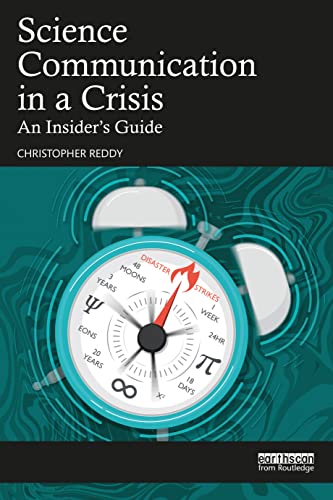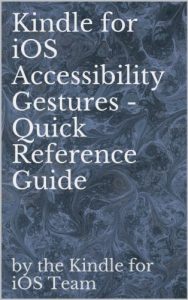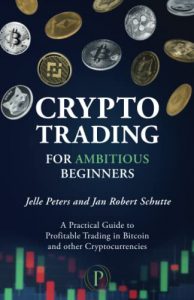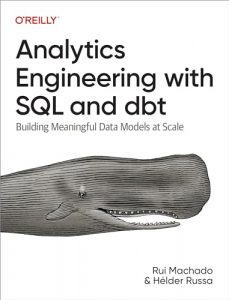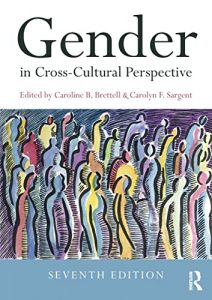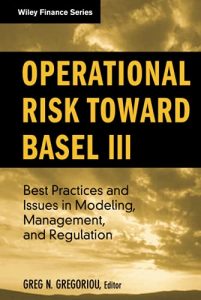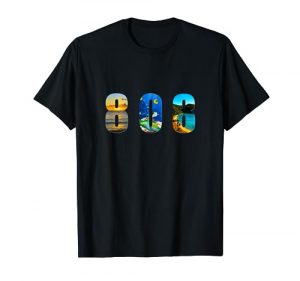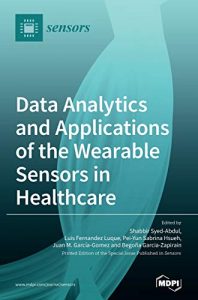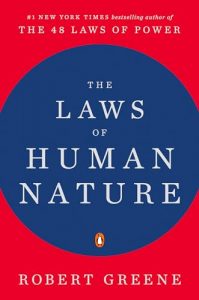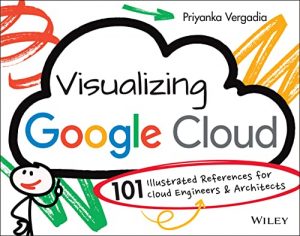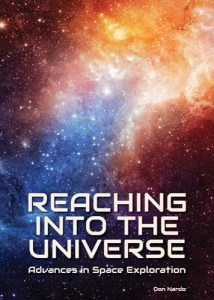The Importance of Science Communication
In today’s world, where scientific advancements and discoveries are rapidly reshaping our understanding of life and the universe, effective science communication has become more crucial than ever. It serves as an essential bridge between scientists and the public, ensuring that complex ideas are not only accessible but also engaging. Whether it’s explaining the nuances of climate change, breakthroughs in medical research, or the wonders of space exploration, how we convey these messages can significantly influence public perception and understanding.
Moreover, with the emergence of misinformation and polarized beliefs, the role of science communicators is vital in fostering informed discourse and critical thinking among citizens. This blog post delves into a curated selection of remarkable books that empower individuals—scientists, educators, and communicators alike—with the tools and strategies needed to navigate the complexities of science communication.
Featured Books on Science Communication
Science Communication in a Crisis
“Science Communication in a Crisis” highlights the pivotal role of effective communication during critical moments. This book examines strategies that scientists can employ to communicate during emergencies, ensuring that the public receives timely and accurate information. With case studies and practical guidelines, this essential read helps the audience understand the power of clear communication when every second counts. It is a must-have resource for professionals and students alike, offering insights that can make a substantial difference in crisis situations.
Strategic Science Communication: A Guide to Setting the Right Objectives for More Effective Public Engagement
This guide demystifies the communication process by outlining key objectives that can enhance public engagement. With a focus on strategy and clear goal-setting, it enables scientists to tailor their narratives effectively. Whether addressing policy-makers or the general public, this book equips readers with the resources needed to foster meaningful discussions around scientific topics.
Scientific Writing and Communication
This comprehensive resource dives into the nuances of scientific writing, offering practical tips and techniques for producing clear, impactful communication. It covers various formats, from research papers to digital media, making it a versatile handbook for any budding science communicator. Perfect for those looking to refine their writing skills and convey their research effectively.
Science Communication: An Introduction (World Scientific Series On Science Communication)
This introductory text covers the fundamental principles of science communication, providing insights into theoretical frameworks alongside practical applications. It’s a great starting point for anyone interested in the field, whether they are scholars, educators, or practitioners. The book underscores the importance of storytelling in science and offers readers tools to craft their narratives compellingly.
Science v. Story: Narrative Strategies for Science Communicators
In this book, the author explores the intersection of narrative and science, presenting strategies for scientists to enhance their storytelling abilities. It emphasizes that information delivered in narrative form can capture attention and retention more than mere facts and figures. This is a critical read for successful science communication, equipping readers with the art of weaving scientific concepts into compelling stories.
The Oxford Handbook of the Science of Science Communication
This authoritative source combines a multitude of perspectives on science communication, craving deep insights from leading scholars. It covers the theoretical underpinnings and practical implications, making it an invaluable resource for understanding contemporary challenges in the field. The book is perfect for academics, researchers, and professionals looking to enhance their knowledge and application of science communication.
Getting to the Heart of Science Communication: A Guide to Effective Engagement
This guide emphasizes the emotional aspect of science communication, reminding us that effective engagement goes beyond facts—it involves connecting with the audience. With practical strategies for reaching various demographics, this book is an essential tool for anyone aiming to foster a sincere connection between science and community.
The Chicago Guide to Communicating Science: Second Edition
This updated edition of a classic guide explores the changing landscape of science communication. It offers practical advice on writing clearly and effectively, with tools for managing the nuances of the rapidly evolving digital landscape. This book is indispensable for scientists seeking to communicate their research effectively in today’s diverse media environment.
Science communication – Tome 1: For writers and scientists (Science Unlocked)
“Science Communication – Tome 1” serves as a practical resource for writers and scientists alike, orienting them with strategies to unlock their ideas for broader audiences. This book zeroes in on practical applications and diverse examples, making it suitable for professionals aiming to communicate their work effectively.
Essentials of Communication Sciences & Disorders
This book offers introductory knowledge about communication sciences and disorders. While it might seem peripheral to traditional science communication, understanding communication principles is essential for scientists and educators engaging with diverse audiences. This comprehensive text provides foundational insights that can empower professionals to convey their messages effectively.

